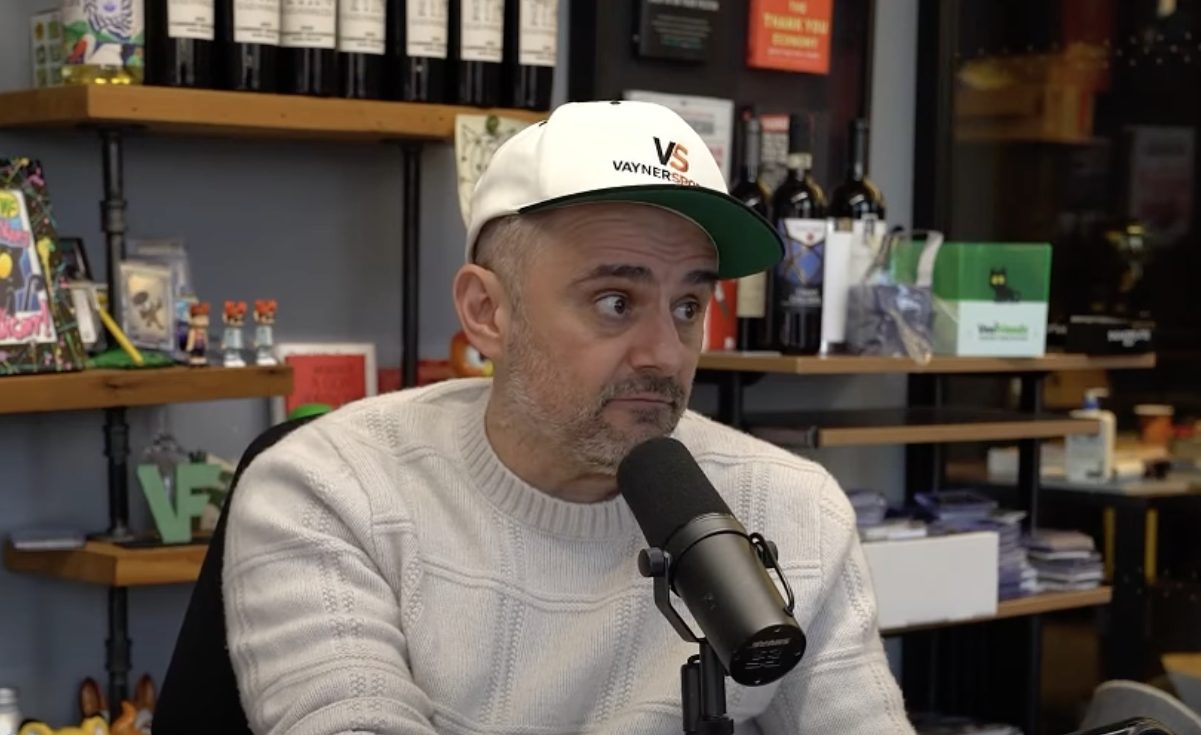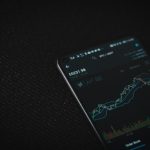The world is rapidly changing with artificial intelligence, and many people are either embracing it fully or rejecting it out of fear. I’ve noticed something fascinating about how we approach new technologies – we tend to think in terms of “or” rather than “and.” This black-and-white thinking is limiting our potential to adapt and thrive.
I recently analyzed a conversation of Gary Vaynerchuk (GaryVee) that perfectly captures this dilemma. His perspective on AI adoption highlights a crucial insight that many business leaders and marketers are missing: technology has always been undefeated, and resistance is futile.
The Practitioner’s Advantage in the AI Revolution
What struck me most about Gary’s approach to AI is his emphasis on being a practitioner. He doesn’t just talk about AI – he uses it daily. This hands-on approach gives him authentic insights that many “talking heads” lack.
The biggest issue I see in the marketing world today is that most people aren’t practitioners. They discuss AI strategies without ever downloading a single AI app or testing the technology themselves. They rely on secondhand information rather than firsthand experience.
I’ve witnessed this disconnect countless times in my career. Executives who claim to understand platforms but have never actually used them. Marketing leaders who can sell a technology but don’t truly understand how it works. This disconnect between theory and practice creates a dangerous knowledge gap as AI rapidly transforms our industry.
The Historical Pattern of Technological Disruption
Looking at history, we see this pattern repeat with every major technological shift:
- Someone bought 10,000 horses right before Henry Ford revolutionized transportation
- People feared electricity, believing demons lived in the wires
- Yellow Pages salespeople lost their livelihoods when search engines emerged
- Local delis closed when specialty food trends disrupted their business
Technology has always been undefeated. The key difference between those who thrive and those who fail during technological shifts is their willingness to adapt rather than resist.
I was fascinated by Gary’s observation about an elderly group in a New Orleans restaurant, where one person was explaining to the others why they should use ChatGPT instead of Google for searches. This adoption is happening faster than many realize, crossing generational boundaries we might not expect.
The Power of “And” Over “Or”
The most profound insight from my analysis is what Gary calls “the power of and over or.” This concept perfectly captures why some people navigate technological change successfully while others struggle.
Those who think in terms of “or” see AI as a threat that will replace human creativity. Those who think in terms of “and” see AI as a new canvas that can coexist with traditional approaches – just as photography and painting coexist today.
Life isn’t black or white – it’s gray. Business isn’t red or blue – it’s purple. When we force ourselves into binary thinking, we create unnecessary anxiety and miss opportunities for integration and growth.
Overcoming Fear Through Experimentation
The path forward with AI requires us to:
- Download and experiment with multiple AI tools firsthand
- Be willing to admit what we don’t know
- Surround ourselves with people who have practical experience
- Embrace the “power of maybe” instead of rigid yes/no thinking
- Accept that failure is part of the learning process
What’s fascinating is how many people express concerns about AI bias or ethical issues without ever having used the technology themselves. While these concerns are valid, they often mask a deeper fear of change or serve as intellectual posturing.
The most successful approach combines healthy skepticism with practical experimentation. We need to test these tools, understand their capabilities and limitations firsthand, and then form educated opinions about their place in our work.
I’ve found that my own journey with AI has been most productive when I balance curiosity with critical thinking. By using these tools daily while maintaining awareness of their limitations, I’ve discovered opportunities I would have missed through either blind acceptance or outright rejection.
The future belongs to those who can hold multiple perspectives simultaneously – seeing both the opportunities and challenges of AI without reducing them to simplistic either/or propositions. By embracing the “power of and,” we can navigate this technological shift with wisdom rather than fear.







